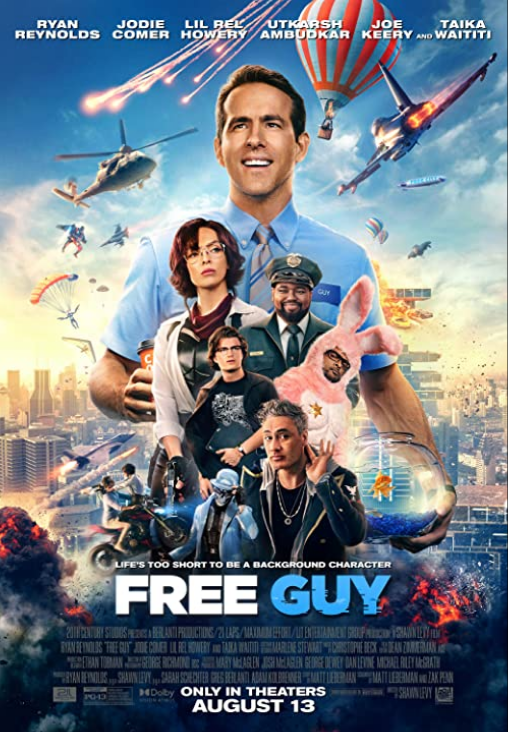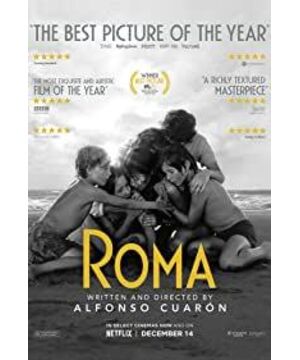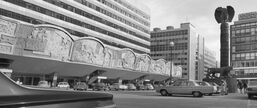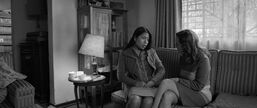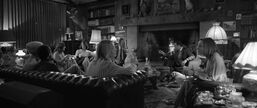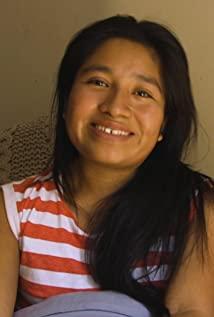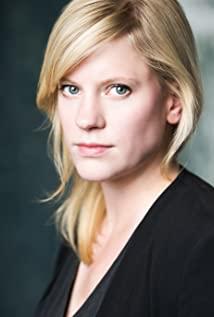Before "Roma" was released in China, there was a lot of clamor over the interests of Netflix and the traditional theater system. Regardless of the outcome of this debate, Netflix has already taken a toll on traditional American theater chains and the Hollywood production system to some extent. Even if he missed the 2018 Cannes Film Festival due to pressure, "Roma" still won the 91st Academy Award for Best Director, Best Foreign Language Film and the Golden Lion Award at the 75th Venice Film Festival. Alfonso Cuaron, who was standing on the cusp of the storm, may just be trying to preserve his creative freedom to the greatest extent possible when he receives investment, but the controversy caused by it keeps fermenting. This is far from just a matter of benefit distribution in the film industry, but also a discussion on how viewing methods change the aesthetics of films and even their ontology.
The mother of the New Wave, Agnès Varda, mentioned three key words in his posthumous work "Agnès on Varda": inspiration, creation and sharing. The argument for the importance of the sharing session also appears in Cai Mingliang's thinking about the space for movie viewing. As a space for movie sharing (screening), the practical significance of the cinema line has already surpassed the movie itself. As a cultural symbol that creates the common memory of social groups, as described by Giuseppe Tonadore in "Cinema Paradiso", the cinema (architectural space) has become a materialized entity that symbolizes the times.
Regardless of whether Netflix will "kill movies" in the future, for filmmakers like Alfonso Cuaron, deep in their emotions, they will definitely retain a great attachment to traditional theater viewing. This kind of attachment is the increasingly scarce warmth in the interpersonal relationships that are isolated by the Internet and technology. It is a natural advantage that Netflix can't surpass when it penetrates the movie into the multi-screen era. In "Roma", we not only see a family snuggling together on the sofa to spend the night on TV (the light of the TV hits every face on the sofa, this may be a highlight of childhood memories ). Also see plenty of vivid detail in and out of Mexican theaters in the 1970s. Those architectural interiors, in light or in shadow, are full of a classicist humanity that is missing in this era.
From the very first shot of the film, space is an important part of the film's narrative. The checkered floor in the overhead shot from the front is washed away by the water that washes the floor, and then the patio in the reflection emerges. A plane appeared and flew from the right to the upper left corner of the screen, and the water washed the floor over and over again, maintaining the reflection, until the subtitles were displayed, and the final water flow completely washed the reflection away. In one shot, Alfonso Cuaron compresses the three-dimensional space and the four-dimensional passage of time on a plane, combined with the ambient sound effects, to show the unique poetic language of his shots. Floor, plane and water, these symbols come from the memory of childhood environment, from which they develop their own symbolic meanings at different stages of the film.
At the end of the film, the protagonist Cleo walks to the balcony with a pile of sheets, and the camera shoots up the real sky and the plane, and looks down at the sky and the reflection of the plane on the floor at the beginning (women who are bound by family affairs see the world like sitting in a well and watching the sky) , creating a contrast in the camera's shooting angle. The way women approach the world has changed.
"Roma"'s account of the "environment" of space has the typical characteristics of Alfonso Cuaron, and the fixed camera panning mirror similar to the opening paragraph of "Gravity" occupies most of the film's time. This shooting method is similar to the experience of visiting buildings with the naked eye, and brings a sense of presence from a first-person perspective. Even after the picture is interrupted by editing, the continuity of the movement direction of the camera before and after the editing point is still considered. Of course, there are exceptions. In the middle and end of the film, when the women in the film begin to face the fate of the critical moment, the camera begins to break away from the fixed point of its environment, and the movement of the characters moves across the space, breaking the boundaries.
If architecture is a materialized and substantiated image space, then the character's perspective in memory is an emotional space and the boundary of film narrative. "Roma" is the autobiography of Alfonso Cuarón, full of details of life: birds chirping in the yard, dog droppings in the corridor, muddy roads in the countryside, fog rising in the fields, dust rising from the training ground ...so much detail that 1970, a turbulent year both in the world and in Mexico, recedes into a blurred background, with only a few words interspersed in symbols scattered everywhere.
The story takes the young maid Cleo as the starting point. Different from the conventional script, after the first layer of social relations is extended outwards, the ripples of the characters' relationships do not expand forward. Perhaps the family is what the world of children and women is all about. In the movie, what happened to the father who left home can only be known from the mouth of his mother Sophia, and the parade outside the window was just a street scene that had nothing to do with the character at the beginning. However, once it breaks out, it can only be passively endured, and forbearance has become the highest virtue of women. The feminism of "Roma" is to celebrate the perfection of women in this imperfect world, regardless of age, class, or race.
At the end of the movie, mother Sophia decides to sell the old car (a sexual metaphor for marital relationship between husband and wife) that bumps every time she goes home and can only be stuffed into the yard over and over again, and the family decides to go on a farewell trip. At the seaside, in order to save the drowning child, Cleo plunged into the sea alone and regardless of his body. The future life is symbolically presented in the successive waves with an unknown and unpredictable outline. Fortunately, Cleo and Sophia at this moment have learned to be strong. Life has to go on, and the rest will go.
View more about Roma reviews
